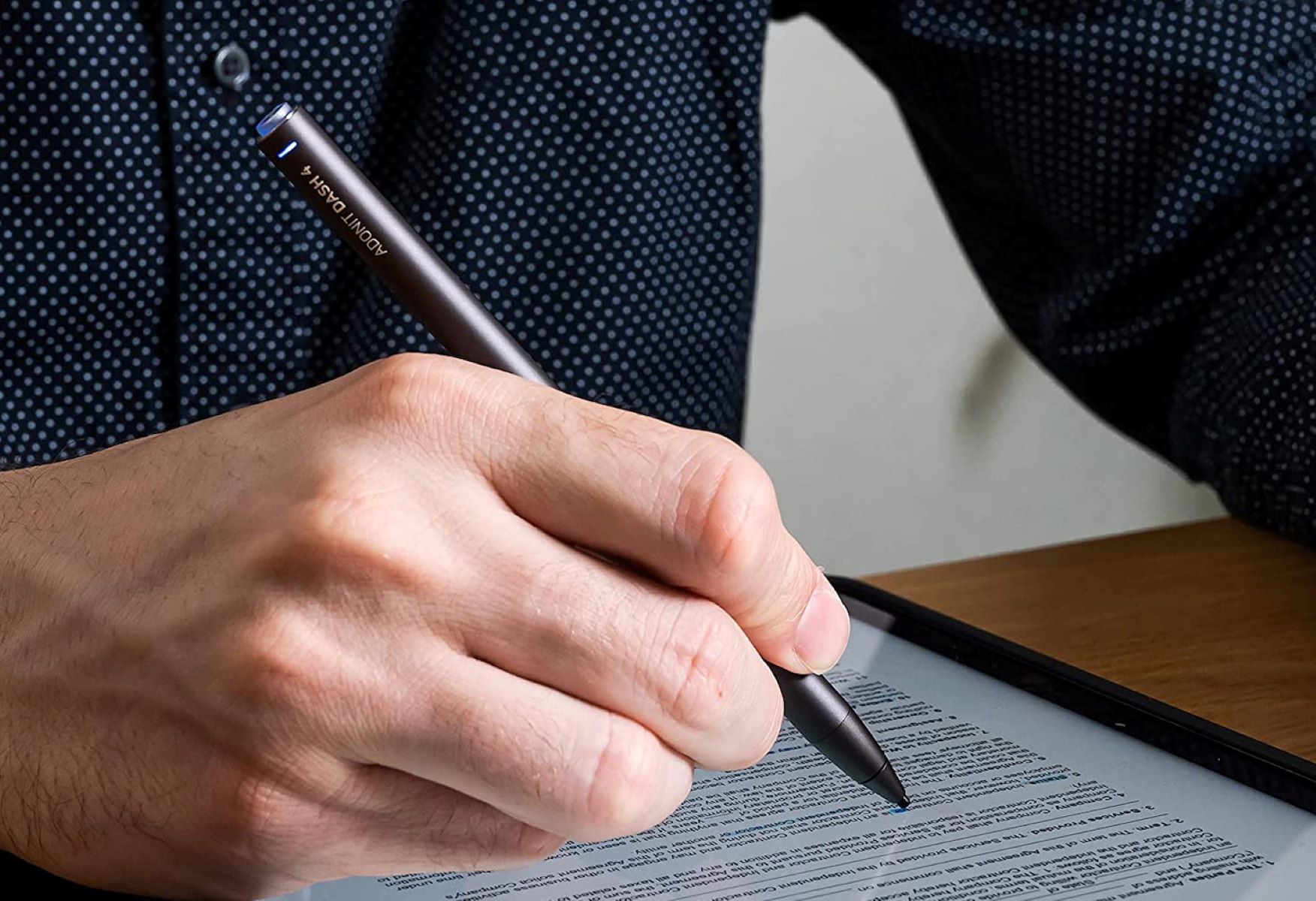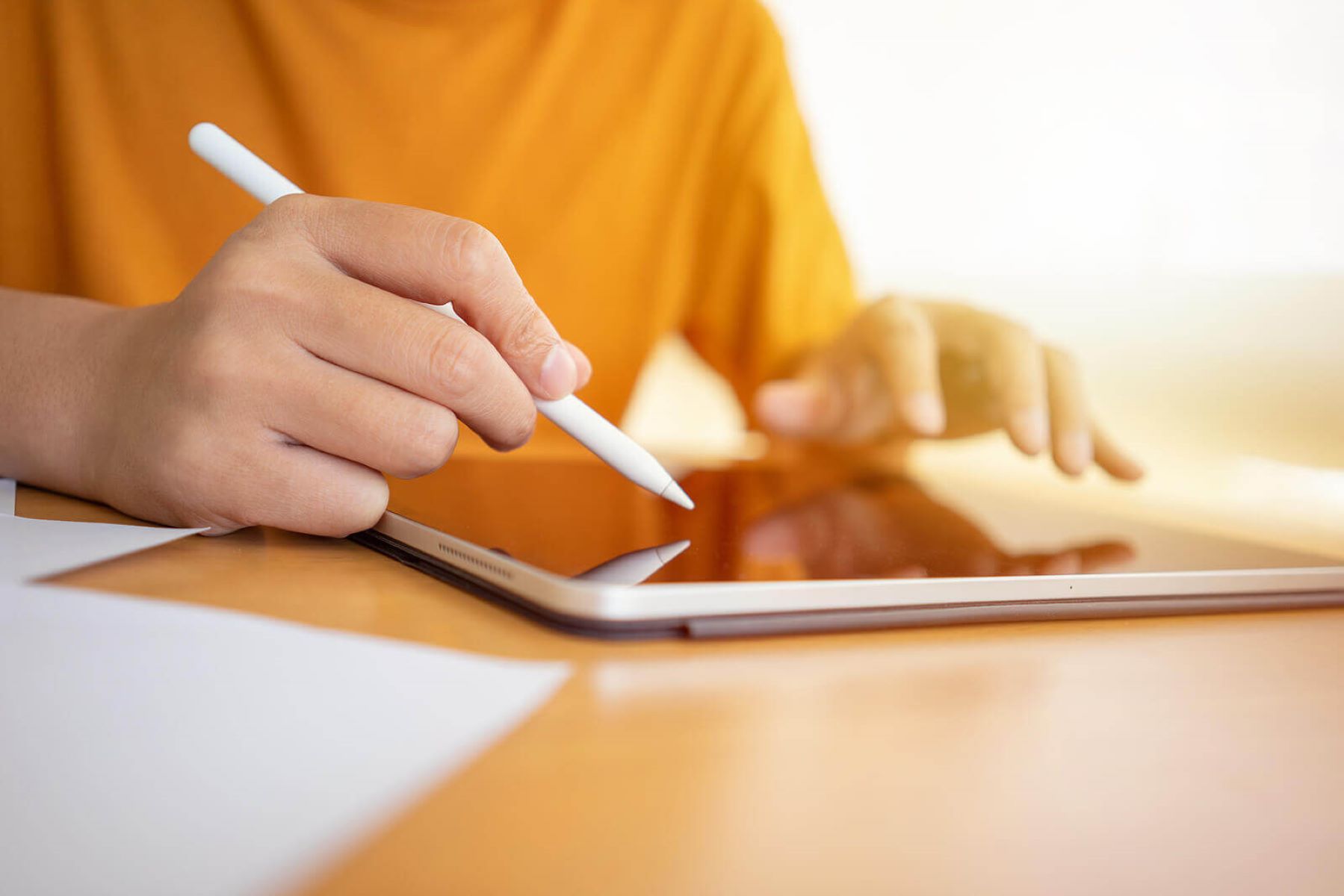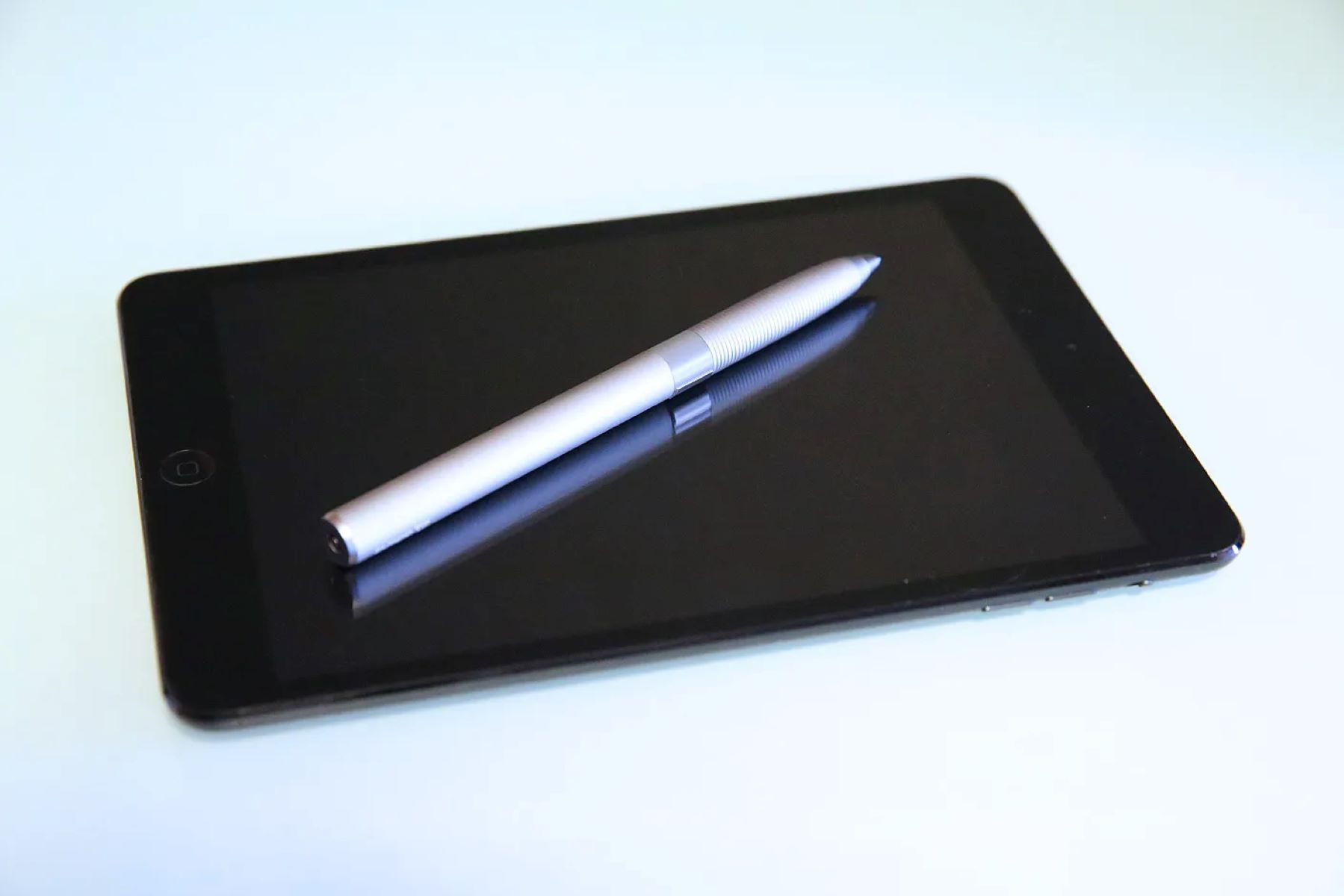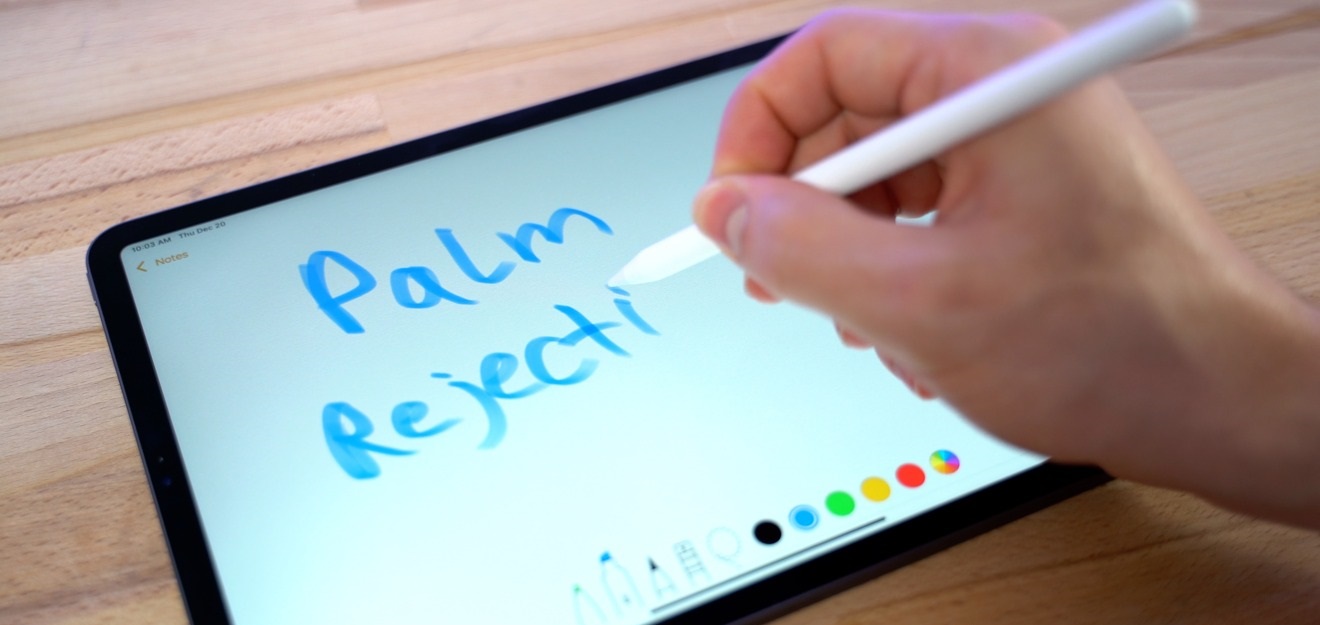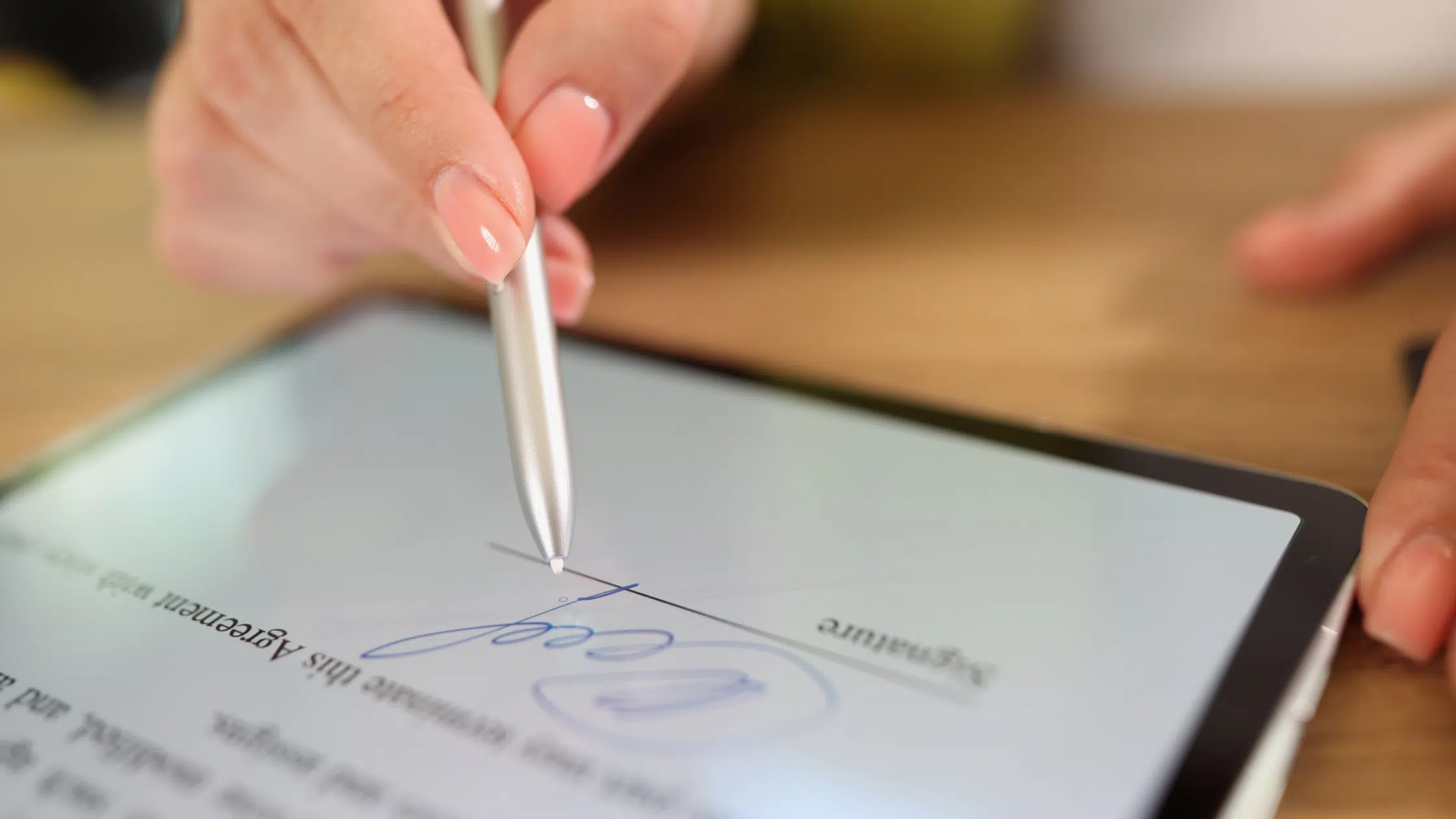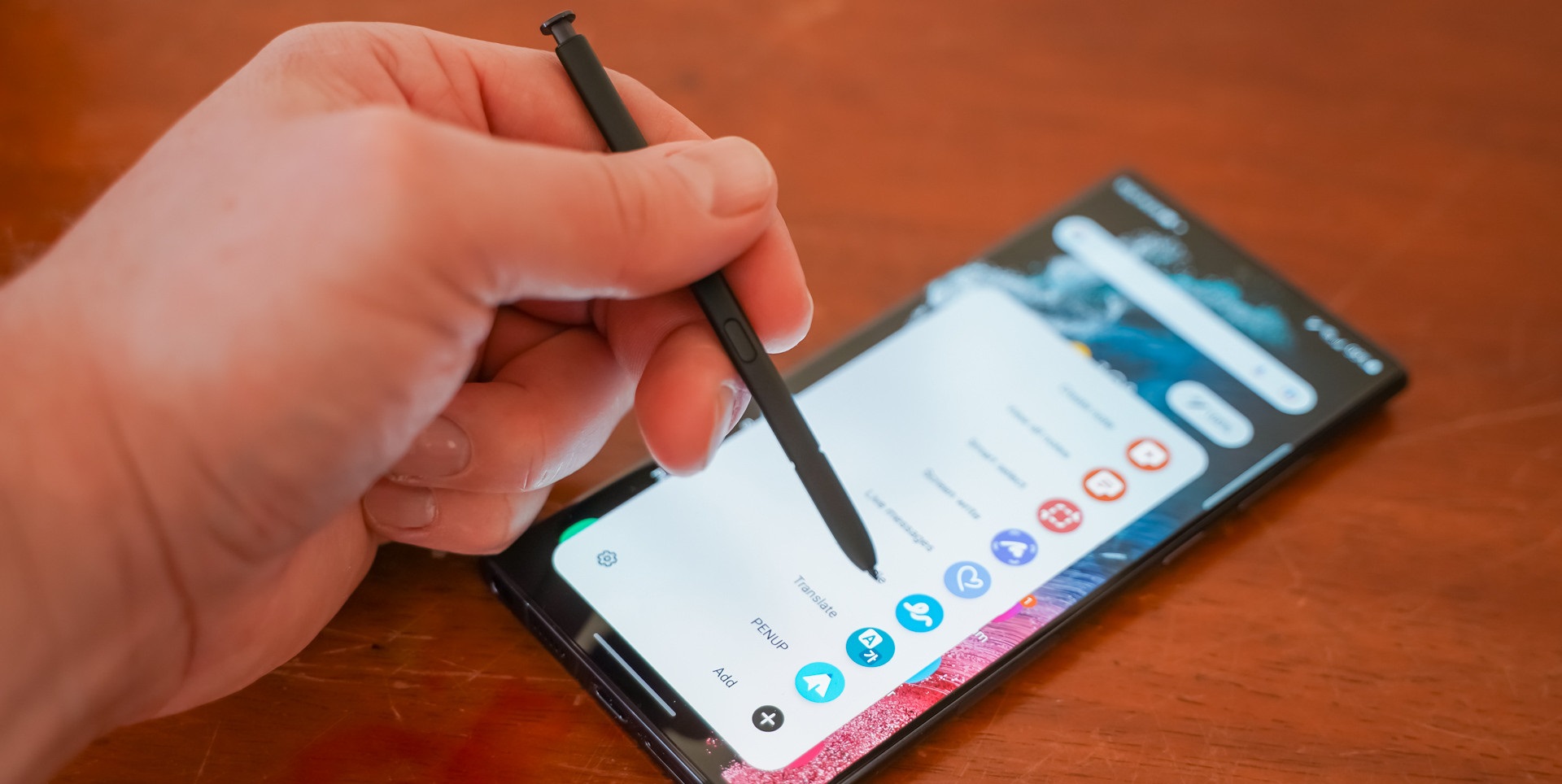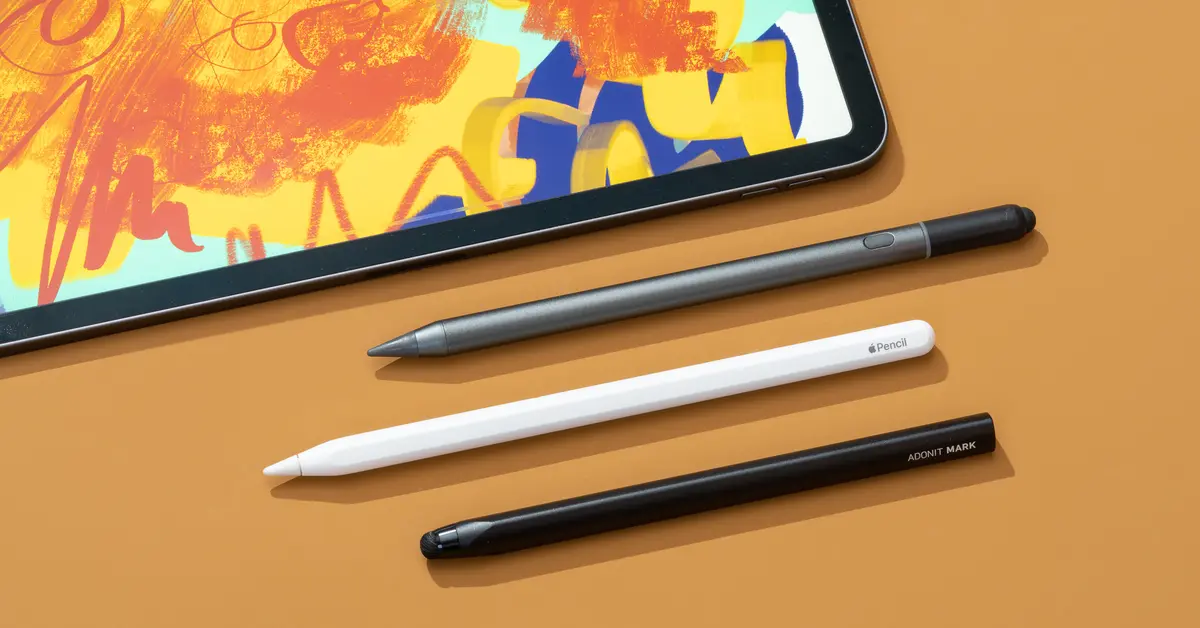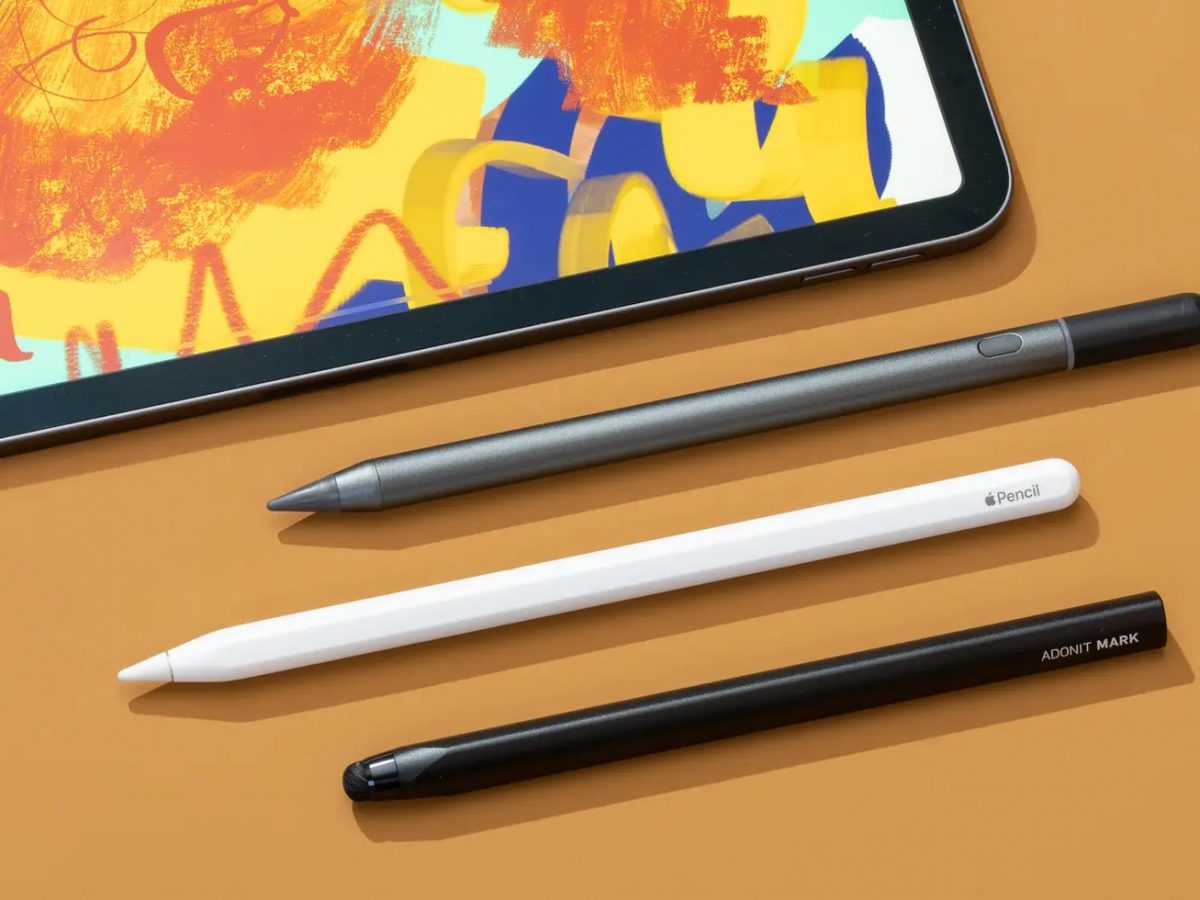What is Palm Rejection?
Palm rejection is a crucial feature for stylus users, especially those who rely on digital devices for drawing, note-taking, and other creative tasks. This technology allows the device to distinguish between the touch of a stylus and the touch of a palm or other part of the hand, ensuring that unintended touch input is ignored. When a user rests their hand on the screen while using a stylus, palm rejection prevents the device from registering the hand as an input, thus enabling more natural and intuitive interaction with the digital canvas.
Palm rejection is particularly valuable for artists and designers who require precise control over their stylus input without being hindered by accidental touches from their palm or fingers. This feature empowers them to create intricate digital artwork with the same fluidity and freedom as traditional media. Moreover, professionals who rely on stylus-equipped devices for note-taking, such as students and professionals in various industries, benefit from palm rejection as it allows them to comfortably rest their hand on the screen while writing or sketching without causing disruptions.
By understanding the importance of palm rejection, users can fully leverage the capabilities of their stylus-equipped devices, unlocking a seamless and immersive digital experience.
How Palm Rejection Works
Palm rejection technology operates through a combination of hardware and software components, working in harmony to differentiate between intentional stylus input and unintentional touch from the user’s palm or fingers. The precise implementation may vary across devices and manufacturers, but the fundamental principles remain consistent.
When a stylus comes into contact with the device’s screen, it generates a unique electromagnetic signal or pattern that is detected by specialized sensors embedded in the display. These sensors are designed to recognize the stylus’s signal and distinguish it from other forms of touch input. Simultaneously, the device’s software, often integrated with the operating system or specific applications, collaborates with the hardware to interpret the incoming signals and determine their origin.
By analyzing the timing, pressure, and spatial characteristics of the touch input, the software can intelligently discern the stylus’s deliberate actions from incidental contact, such as resting the palm on the screen. This sophisticated interplay between hardware and software enables the device to accurately identify and isolate the stylus input, effectively ignoring any concurrent touch events from the user’s hand.
Furthermore, advancements in stylus and touchscreen technology have led to the development of more advanced palm rejection algorithms, enhancing the overall precision and reliability of this feature. Manufacturers continually refine their palm rejection mechanisms to deliver an increasingly seamless and natural writing and drawing experience for users across various digital platforms.
Understanding the underlying mechanisms of palm rejection empowers users to make informed decisions when selecting stylus-enabled devices, ensuring that they can fully capitalize on the benefits of this innovative technology.
Benefits of Palm Rejection for Stylus Users
Palm rejection technology offers a myriad of advantages for stylus users, significantly enhancing their digital workflow and creative endeavors. By seamlessly integrating this feature into their devices, users can experience the following benefits:
- Enhanced Precision: Palm rejection allows users to rest their hand on the screen while using a stylus, providing a natural and comfortable drawing or writing experience without unintended marks or disruptions. This precise control is especially valuable for artists, graphic designers, and professionals who demand accuracy in their digital creations.
- Improved Productivity: Stylus users can work more efficiently and productively with palm rejection, as they can focus on their creative tasks without constantly worrying about accidental touches interfering with their work. This feature fosters a seamless and uninterrupted workflow, promoting greater output and creativity.
- Natural Interaction: With palm rejection, users can interact with their stylus-equipped devices in a manner that closely emulates traditional pen and paper usage. The ability to comfortably rest their hand on the screen while drawing or writing fosters a natural and intuitive workflow, bridging the gap between digital and analog mediums.
- Optimized Note-Taking: Students, professionals, and individuals who rely on stylus-enabled devices for note-taking benefit from palm rejection, as it allows them to write and annotate documents with ease and precision. This feature ensures that their handwritten notes remain clear and legible, free from unintended smudges or marks caused by palm contact.
- Seamless User Experience: Palm rejection contributes to an overall seamless and immersive user experience, enabling individuals to fully harness the capabilities of their stylus-equipped devices without encountering the frustration of inadvertent touch input. This fosters a more enjoyable and intuitive digital interaction, enhancing user satisfaction and engagement.
By embracing palm rejection technology, stylus users can elevate their digital creativity, productivity, and overall user experience, unlocking the full potential of their devices for a wide range of applications and tasks.
Tips for Using Palm Rejection on Different Devices
While palm rejection technology offers invaluable benefits for stylus users, optimizing its functionality across various devices requires an understanding of best practices and potential considerations. Here are some tips for effectively utilizing palm rejection on different devices:
- Calibration: Ensure that the palm rejection feature is properly calibrated for your specific device. Some devices may offer settings to adjust palm rejection sensitivity, allowing users to customize the feature according to their preferences and usage scenarios.
- Hand Positioning: Experiment with different hand positioning techniques to find the most comfortable and effective way to utilize palm rejection. Some users may benefit from slightly elevating their hand while drawing or writing, while others may find that a gentle touch on the screen does not interfere with the stylus input.
- Stylus Compatibility: Verify the compatibility of your stylus with the device’s palm rejection technology. While most modern styluses are designed to seamlessly integrate with palm rejection features, it is essential to ensure that the stylus and device are optimized to work together effectively.
- Application Settings: Familiarize yourself with the palm rejection settings within specific applications or drawing software. Some applications may offer additional customization options to fine-tune palm rejection behavior, providing users with greater control over their digital workspace.
- Regular Maintenance: Keep the device’s touchscreen clean and free from debris or smudges that could potentially interfere with palm rejection functionality. Regular maintenance and cleaning of the screen can contribute to a consistent and reliable palm rejection experience.
- Device Orientation: Consider the orientation of the device while using palm rejection. Some users may find that certain orientations or angles facilitate a more seamless palm rejection experience, especially when working on larger screens or in varied ergonomic settings.
- Technical Support: If encountering challenges with palm rejection, seek assistance from the device manufacturer’s support resources or community forums. Understanding the intricacies of palm rejection and troubleshooting potential issues can help users optimize their experience with the feature.
By implementing these tips and exploring the nuances of palm rejection on different devices, users can harness the full potential of this technology, enhancing their digital creativity and productivity while enjoying a more natural and intuitive interaction with their stylus-equipped devices.







